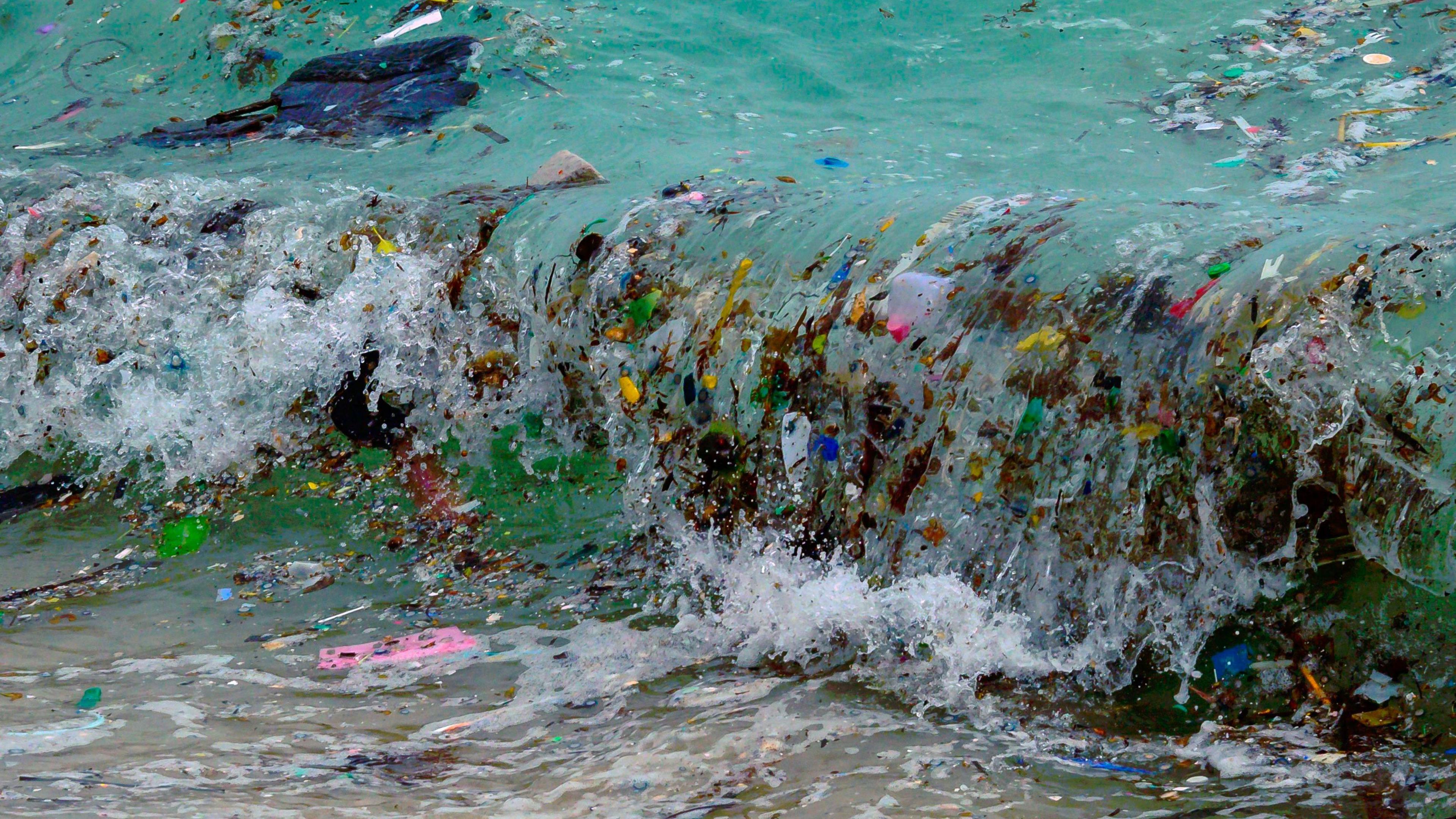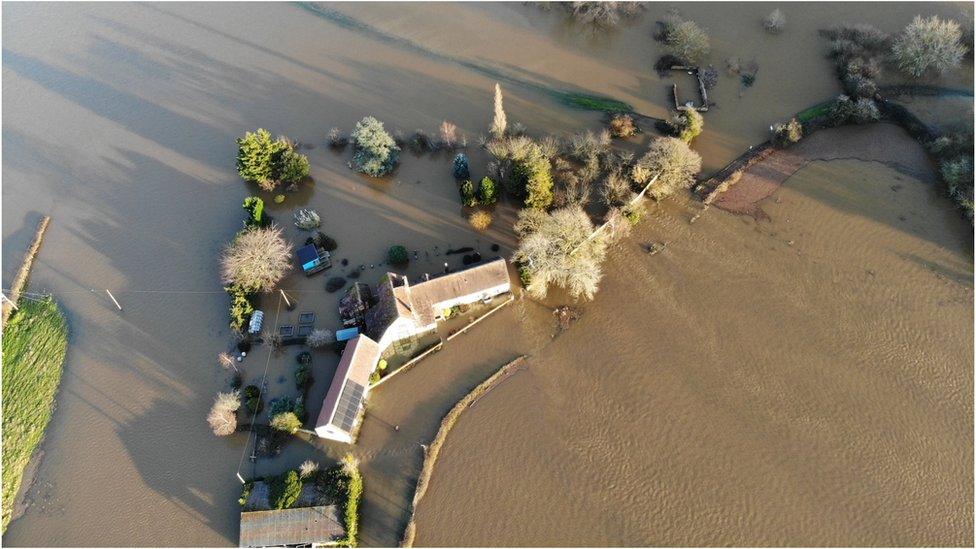Plastic spends century on ocean surface, study finds

The study found existing pollution would still float on the surface for more than 100 years, even if no more floating plastic was dumped in the ocean.
- Published
Plastic pollution in the ocean could remain on the water's surface for more than a century, a new study has found.
Scientists from HR Wallingford, in Oxfordshire, and Queen Mary University created a model to simulate the breakdown of plastic and how long it takes to end up in the deep sea.
They found that existing pollution would still float on the surface for more than 100 years, even if no more floating plastic was dumped in the ocean.
Those behind the study said the research offered "critical insights" into "the challenges of removing plastic from marine environments".
Prof Andrew Manning, technical director at HR Wallingford, said: "This study helps explain why so much of the plastic we expect to find at the ocean surface is missing."
He explained that as large plastics fragment over decades, they "become small enough to attach" to marine snow - which are tiny organic particles that sink to the ocean floor.
But, even after a hundred years, he said fragments could still be found at surface level "floating and breaking down".
More from Oxfordshire
Congestion charge signs to be amended after error
- Published30 October
Dad 'super proud' of daughter, 10, for CPR rescue
- Published30 October
Forgotten artefacts found during theatre revamp
- Published30 October
The study found that the breakdown of plastic over the time was "the limiting factor" in removing it from the ocean surface.
It found that after a century, about 10% of the original plastic could remain afloat, where it releases harmful microplastics into the water.
"To tackle the problem properly, we need long-term thinking that goes beyond just cleaning the surface," Prof Manning said.
The study is the third and final one of its kind by Queen Mary University of London and HR Wallingford exploring the journey of plastic in the ocean.
Get in touch
Do you have a story BBC Oxfordshire should cover?
You can follow BBC Oxfordshire on Facebook, external, X (Twitter), external, or Instagram, external.
Related topics
- Published5 August

- Published6 December 2024

- Published19 May 2023
